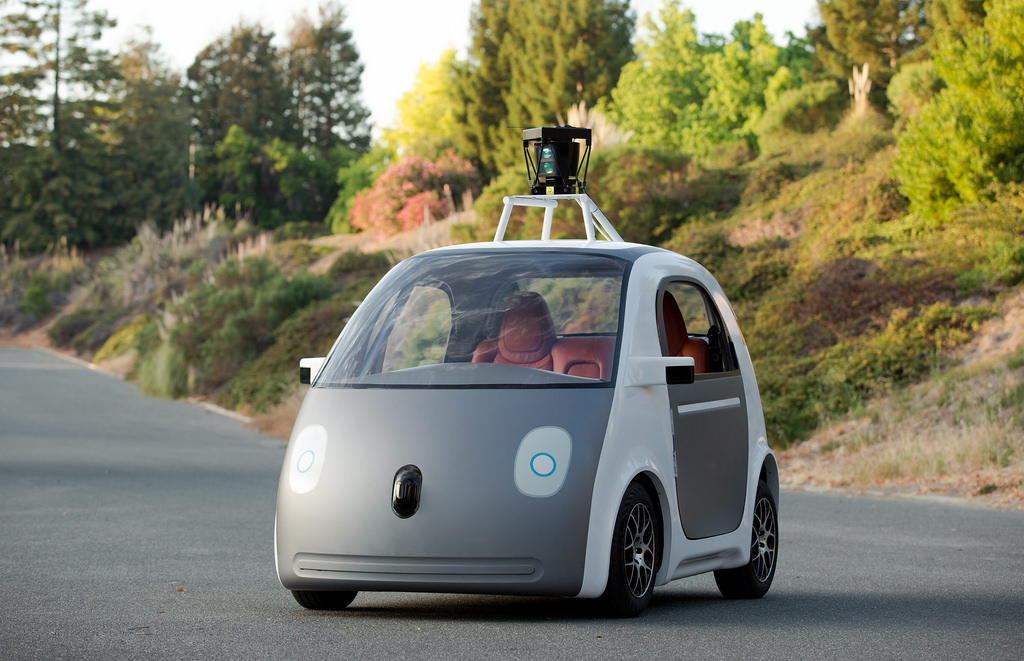It’s been a long time coming but the U.S. government finally decided to act on self-driving technology by introducing new regulations and guidelines. Companies that had a stake in the emerging industry have been lobbying for some changes that will allow them to more easily introduce self-driving cars in the market and test them with more freedom. However, it doesn’t seem like any of these new regulations and guidelines are legally enforceable, and they don’t really do anything that the self-driving industry has been asking for.
With the new regulations the in place, car companies will need to meet what the U.S. Transportation Department calls a 15-point “safety assessment” system, The Wall Street Journal reports. It’s basically a list of criteria that qualifies a self-driving car or technology as road safe.
Companies are also encouraged to draft plans related to the prevention of hacking incidents with their vehicles. Driverless technology needs to be connected to servers via wireless internet, after all, and this can make them vulnerable to being taken over by outside parties.
However, these regulations are not laws yet. They can’t be enforced and companies are basically advised to follow them instead of being required to do so. Much of this has to do with the fears by the Federal government that the changes in the self-driving industry are occurring too rapidly for any actual, legally enforceable rules to apply. Right now, Uncle Sam is basically just hoping that autonomous driving companies would play ball and share relevant data with them.
President Obama also included the matter of the emerging self-driving market in an op-ed that he wrote for the Pittsburgh Post-Gazette. In it, he indicated that keeping companies accountable is good, but not so much as to stifle growth and innovation.
"Regulation can go too far," President Obama writes. "Government sometimes gets it wrong when it comes to rapidly changing technologies. That’s why this new policy is flexible and designed to evolve with new advances."



 Coupang Apologizes After Massive Data Breach Affecting 33.7 Million Users
Coupang Apologizes After Massive Data Breach Affecting 33.7 Million Users  Quantum Systems Projects Revenue Surge as It Eyes IPO or Private Sale
Quantum Systems Projects Revenue Surge as It Eyes IPO or Private Sale  TSMC Accuses Former Executive of Leaking Trade Secrets as Taiwan Prosecutors Launch Investigation
TSMC Accuses Former Executive of Leaking Trade Secrets as Taiwan Prosecutors Launch Investigation  Vietnam’s Growing Use of Chinese 5G Technology Raises Western Concerns
Vietnam’s Growing Use of Chinese 5G Technology Raises Western Concerns  Norway’s Wealth Fund Backs Shareholder Push for Microsoft Human-Rights Risk Report
Norway’s Wealth Fund Backs Shareholder Push for Microsoft Human-Rights Risk Report  Australia Moves Forward With Teen Social Media Ban as Platforms Begin Lockouts
Australia Moves Forward With Teen Social Media Ban as Platforms Begin Lockouts  Trump Administration to Secure Equity Stake in Pat Gelsinger’s XLight Startup
Trump Administration to Secure Equity Stake in Pat Gelsinger’s XLight Startup  Apple Appoints Amar Subramanya as New Vice President of AI Amid Push to Accelerate Innovation
Apple Appoints Amar Subramanya as New Vice President of AI Amid Push to Accelerate Innovation  ByteDance Unveils New AI Voice Assistant for ZTE Smartphones
ByteDance Unveils New AI Voice Assistant for ZTE Smartphones  Amazon and Google Launch New Multicloud Networking Service to Boost High-Speed Cloud Connectivity
Amazon and Google Launch New Multicloud Networking Service to Boost High-Speed Cloud Connectivity  Apple Leads Singles’ Day Smartphone Sales as iPhone 17 Demand Surges
Apple Leads Singles’ Day Smartphone Sales as iPhone 17 Demand Surges  Apple Alerts EU Regulators That Apple Ads and Maps Meet DMA Gatekeeper Thresholds
Apple Alerts EU Regulators That Apple Ads and Maps Meet DMA Gatekeeper Thresholds  YouTube Agrees to Follow Australia’s New Under-16 Social Media Ban
YouTube Agrees to Follow Australia’s New Under-16 Social Media Ban  Australia Releases New National AI Plan, Opts for Existing Laws to Manage Risks
Australia Releases New National AI Plan, Opts for Existing Laws to Manage Risks  Intel Boosts Malaysia Operations with Additional RM860 Million Investment
Intel Boosts Malaysia Operations with Additional RM860 Million Investment  Samsung Launches Galaxy Z TriFold to Elevate Its Position in the Foldable Smartphone Market
Samsung Launches Galaxy Z TriFold to Elevate Its Position in the Foldable Smartphone Market  Sam Altman Reportedly Explored Funding for Rocket Venture in Potential Challenge to SpaceX
Sam Altman Reportedly Explored Funding for Rocket Venture in Potential Challenge to SpaceX 































